Stroke Foundation Uganda is a stroke support organization established in 2014. The organization is affiliated with the Uganda NCD Alliance, and is a member of the Uganda Alliance of Patient’s Organizations and the World Stroke Organization.
Here, Fred Kintu who leads communication for Stroke Foundation Uganda, tells us about the organization’s mission and its new craft activity.
The mission of Stroke Foundation Uganda is to reduce the incidence and impact of stroke through education, prevention, treatment, and to promote early rehabilitation. The foundation aims to enhance the quality of life for stroke survivors and their families by providing comprehensive support services, advocating for better healthcare policies, and fostering community awareness and involvement.
The Stroke Foundation Uganda has recently introduced a crafts activity aimed at providing stroke survivors with a therapeutic and empowering experience. This initiative focuses on teaching participants how to make bangles from beads, a simple yet engaging craft that offers multiple benefits for their physical and mental well-being.
The primary aim of the crafts activity is to support the rehabilitation process of stroke survivors by enhancing their fine motor skills, improving hand-eye coordination, and fostering cognitive development. Engaging in beadwork requires precise movements and coordination, which can help in regaining strength and dexterity in hands and fingers. Additionally, the activity serves as a form of occupational therapy, providing a structured and purposeful task that promotes concentration and patience.
Another significant objective is to boost the participants' self-esteem and confidence. Learning a new skill and creating something beautiful and tangible can be incredibly rewarding, especially for individuals who may feel a sense of loss or frustration following a stroke. The crafts activity also aims to reduce social isolation by offering a communal environment where participants can interact, share experiences, and support each other.
The feedback from the participants has been overwhelmingly positive. Many have expressed joy and satisfaction in being able to engage in a productive and creative activity. One participant, Maria, shared, "Making bangles from beads has given me a sense of purpose again. It's not just about the physical activity, but also the joy of seeing the finished product and knowing that I made it myself."
Another participant, James, noted the therapeutic aspects of the activity: "The repetitive motions of stringing the beads and creating patterns have been very calming for me. It helps me focus and forget about the stress and anxiety that often come with recovery."
Family members of the participants have also observed positive changes. One caregiver mentioned, "Since joining the crafts sessions, my mother has been more engaged and happier. She looks forward to the sessions every week, and it's heartening to see her so enthusiastic about something."
The sense of community fostered through these sessions has been particularly impactful. Participants have formed friendships and support networks, further aiding in their emotional and psychological recovery. The shared experience of creating something beautiful has brought a sense of unity and camaraderie among the group.
In conclusion, the crafts activity at Stroke Foundation Uganda has proven to be a valuable addition to the rehabilitation programs offered. By teaching stroke survivors how to make bangles from beads, the foundation is not only aiding in their physical recovery but also enhancing their emotional well-being and fostering a supportive community. The positive feedback from participants underscores the significance of such initiatives in holistic stroke rehabilitation.
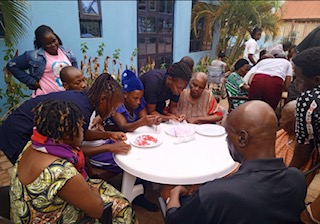
- Calling All Future Stroke Leaders
- Words from the President on stroke care during the COVID19 pandemic
- World Stroke Academy content is NOW available free online to all
- Global Stroke Leaders Launch Radical Prevention Strategy
- The Global Impact of COVID-19 on Stroke - the latest results from the survey from Prof. Marc Fischer, WSO President-Elect
- Reduced rates for your attendance at ESO-WSO 2020
- Get ready to Join the MoveMent!
- Global Stroke Leaders Launch Radical Prevention Strategy
- World Stroke Day 2020 News Release
- No Time for Silence on Stroke Prevention
- WSO Brain and Heart Week
- The latest World Stroke Academy news
- Accuracy in BP Measurement and Effective Hypertension Control Promoted on World Hypertension Day
- The 74th World Health Assembly - 24-31 May
- The state of stroke services across the globe: report of World Stroke Organization
- WHO releases priority list of medical devices and interventions for stroke
- World Stroke Day Campaign website and toolkit LIVE
- WSO welcomes WHO recommendations on management of hypertension
- The World Stroke Academy newly branded website is live!
- 5 ways you can support the #Precioustime campaign on World Stroke Day
- GCCH Position Paper “Preventing the next pandemic: The case for investing in circulatory health”
- Global survey reveals only 35% hospitals worldwide provide life-saving stroke treatment
- How to save $1 trillion
- WSO Global Stroke Fact Sheet 2022
- World Stroke Campaign Award Shortlist Announced
- ICD-11 is now officially in effect
- World Stroke Organization’s statement on Ukraine
- WSO Annual Report for 2021
- Get Ready for World Stroke Day 2022 - The Power of Saving #Precioustime
- WHO Strategic Technical Advisory Group meeting on Global Noncommunicable diseases action plan 2013-2030
- WSO Calls for changes in primary prevention guidelines for cardiovascular disease and stroke
- WSO Future Stroke Leaders Programme - Cohort 2 Announcement
- Building Momentum around Implementation of Quality Stroke Care – update from the WSO Rede Brasil AVC Global Stroke Alliance Meeting, Sao Paulo
- World Stroke Day 2022 Raising public awareness of stroke signs and the importance of #Precioustime
- Countdown to World Stroke Day- key actions for members and partners!
- WSO is announcing the results from the Officers elections 2022
- World Stroke Organization Tackle Gaps in Access to Quality Stroke Care
- WSC 2022: One Voice for Stroke
- World Stroke Day #Precioustime Campaign Evaluation
- In memoriam of Dr. Ralph L. Sacco
- WHO Executive Board (EB 152)
- RES-Q + Using digitization and artificial intelligence to improve healthcare
- Be the storyteller of 2023. Submit your abstract at WSC 2023!
- Summary of systematic review and synthesis of global stroke guidelines on behalf of WSO
- World Health Assembly (WHA76)
- World Stroke Day 2023 - Together we are #GreaterThan Stroke
- THE ROAD TO UHC: WHY INTEGRATION OF CIRCULATORY HEALTH INTERVENTIONS IN PRIMARY CARE IS ESSENTIAL
- Global Declaration on Stroke
- NEW World Stroke Campaign Website goes LIVE!
- Global Declaration on Stroke Commitment Launch: New Delhi, India – September 8th, 2023
- TOGETHER WE CAN BE #GreaterThan STROKE!
- The Global Stroke Community Reunited for the WSC 2023
- Join the Future Stroke Leaders Success Journey – Cohort 3 Applications Open
- The RES-Q platform has officially launched!
- New Trial Expands Window For Stroke Thrombectomy With Simpler Imaging
- Now available: WSA Big Data & Stoke e-Learning module
- World Stroke Day 2024
- World Stroke Campaign Award 2023 Winners
- United in Action to Transform Stroke Care
- WSC 2024 Early Bird Registration Deadline Approaching!
- WSO and SingHealth Sign MoU to Enhance Regional Stroke Management and Care in Collaboration with Angels Initiative
- Stroke Action Now - join the WSO global advocacy coalition
- Time for a Revolution in Stroke Care - Acute Care Policy Brief Launch
- Prioritizing access to quality acute stroke care - the time to act is now!
- World Stroke Organization Launches Global Coalition to Drive Action on Stroke Care
- Highlights from the Global Stroke Alliance meeting in Bogota, Colombia – 20-22 November 2024
- United in Action for #StrokeActionNow - Update from the Global Stroke Action Coalition
- The Global Stroke Action Coalition issues an urgent call to action
- Homepage
- Vision and strategy
- Board and Executive Committee
- Privacy policy
- Terms of use
- SEO sitemap
- Global Stroke Corner
- Words from the President: LOOKING AHEAD
- WSO Publishes Global Stroke Fact Sheet
- WSO Call for Editor-in-Chief of IJS
- WSO Membership - Call for Dues 2019
- ESO-WSO Conference 2020
- XXII Ibero-American Stroke Organization Congress
- Asia Pacific Stroke Conference 2019
- European Master in Stroke Medicine - Feedback from WSO scholarships recipients
- Philippine Nationwide Stroke Training, 2018
- Advances in neuroscience & new strategies for preventing & treating brain diseases, November 2018, Moscow
- International conference on essentials of stroke care, November 2018, India
- Education Committee Update
- SSO Committee March 2019
- Stroke Guidelines & Quality Committee Update
- WSO Research Committee Update
- WSO and Global Policy – Key Events in 2019
- Report of WHO Global Forum on Medical Devices
- Report from the WHO’s Executive Board in Geneva January 24th to February 1st, 2019
- WSO President and Romanian Health Minister sign a Memorandum of Understanding
- First Stroke Summer School in Latin America
- Stroke Thrombolysis Master Class-2018: A Report
- Welcome to New Members
- Heart and Stroke Foundation of Canada Publishes a New Report
- On the International Women’s Day, March 8, WSO celebrated women in stroke!
- News from the European Stroke Organization
Our partners and sponsors
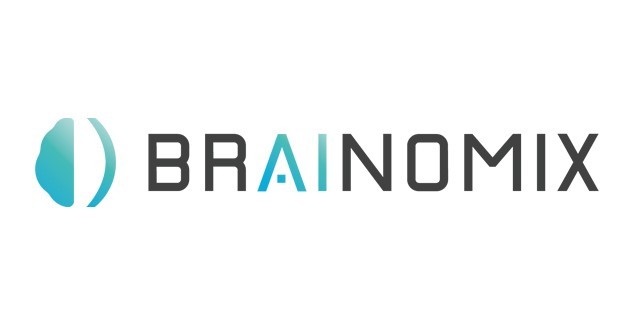 Corporate Supporters
Corporate Supporters
 Corporate Supporters
Corporate Supporters
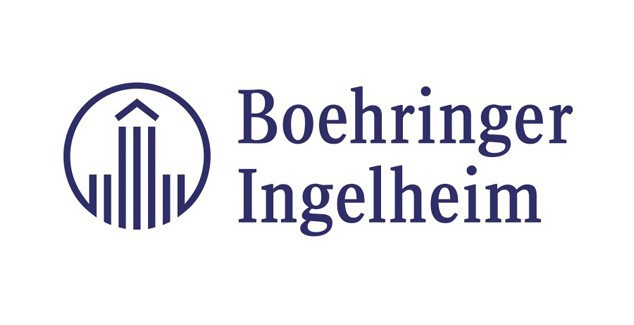 Platinum Plus
Platinum Plus
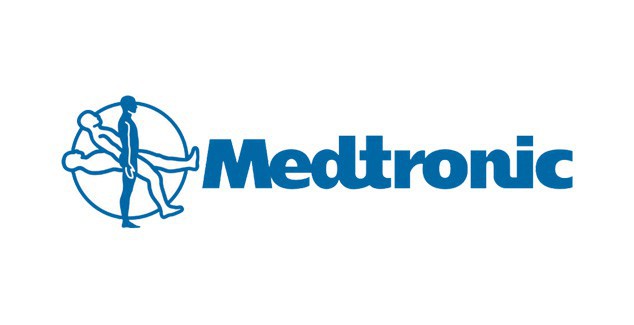 Platinum Plus
Platinum Plus
 Bronze
Bronze
 Silver
Silver
 Gold
Gold
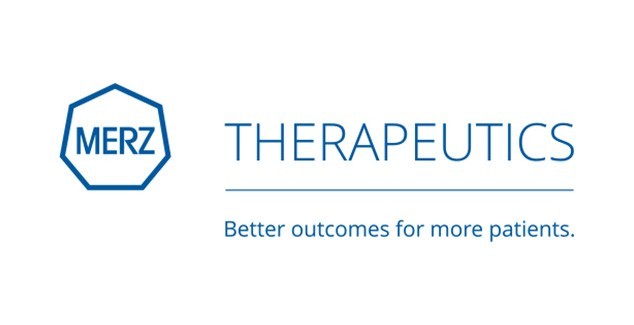 Silver
Silver
 Silver
Silver
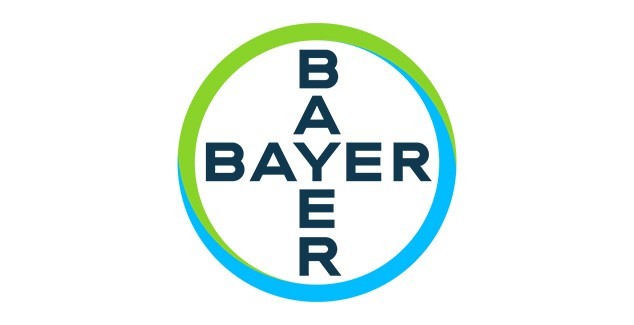 Bronze
Bronze
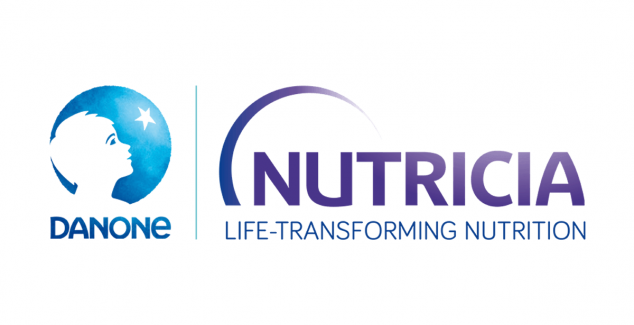 Bronze
Bronze
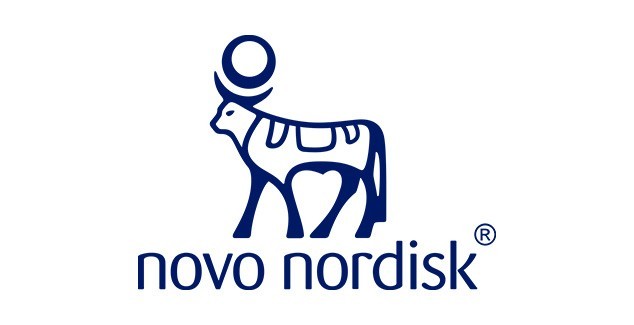 Bronze
Bronze
 Bronze
Bronze
 Silver
Silver

 Member login
Member login